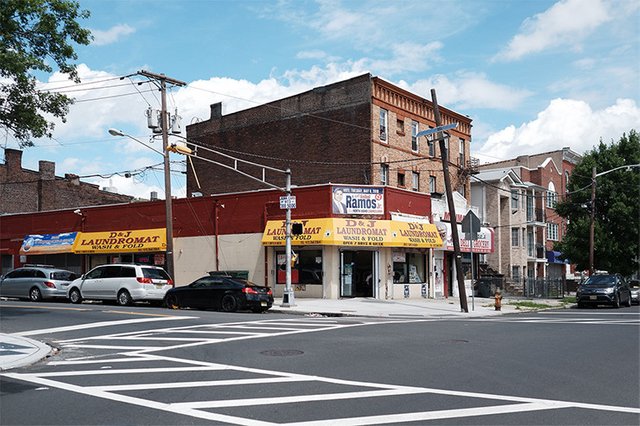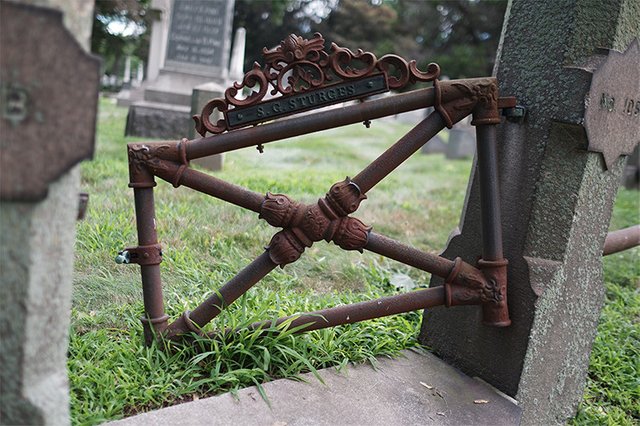How We Test Digital Cameras

In reality, you can snap clear images with little loss of quality through ISO 800. We see a bit of loss of very fine detail at ISO 1600 and 3200, but image quality remains very strong. At ISO 6400 the story changes a bit—very soft blurring of detail becomes a bit more apparent. I'd still feel comfortable using the setting when the shot calls for it, though. Blur is more pronounced at ISO 12800, and it gets worse at ISO 25600 and even more so at the top ISO 51200 setting.
More advanced photographers can opt for Raw format, which cuts out noise reduction and gives you more latitude to edit your photos in Lightroom or your favorite Raw processor. Raw images are very sharp through ISO 3200, and while there's some grain, it's not overwhelming. At ISO 6400 grain is heavier, but details shine through. Output is rough at ISO 12800, which is also the top setting available when working in Raw mode—Fujifilm has opted to not include Raw capture above ISO 12800. Crops from both JPG and Raw images are included in the slideshow that accompanies this review for your reference. The X-T100 supports 4K video capture, but as with the company's X-A5, it's really not there for video. The 15fps frame rate is choppy—use it for the burst photo capture mode, not for your home movies. Instead you'll want to shoot at 1080p. Videographers will be happy to see a load of frame rate options—23.98, 24, 50, and 60fps. But there's no 30fps capture option, an odd omission.
Regardless of which frame rate you choose, video capture is a mixed bag. Footage at 1080p is reasonably sharp, and there's only a modest crop applied at the sides of the frame. But videos are slow to start—you'll need to hold down the Record button for close to a second to start a clip—and the autofocus is slow to adjust to changes in the frame.
Great Potential, Hampered
Great Potential, Hampered Given the quality of Fujifilm's other mirrorless cameras, including the next model up in price and features, the X-T20, I had high hopes for the X-T100. But despite boasting a very solid build (for this price class), a stunningly attractive industrial design, and excellent image quality, its shortcomings in speed and focus prevent me from giving it a strong recommendation.
 )
)
Great Potential, Hampered If you are interested in taking advantage of Fujifilm's excellent—and vast—mirrorless lens library, and don't plan on capturing a lot of moving action, you'll likely be happy with what the X-T100 delivers in terms of image quality and handling. But for photographers serious enough to think about buying lenses, it's a good call to spend a bit more money and get the X-T20.
 )It matches the X-T100 in resolution, betters it in focus and video capture, and has a touch LCD—just not one that can face forward for selfies. For photographers simply looking for a good, affordable starter camera, we still recommend the Sony a6000 as our entry-level Editors' Choice. It's an older model, so you don't get a touch LCD or Bluetooth, but it does have Wi-Fi, an EVF, a tilting LCD, and much faster focus and burst capture. You may also like the Panasonic G7 (another older model, but one that sells for an affordable price) or the Panasonic GX85, both of which are priced similarly to the X-T100, and use the slightly smaller Micro Four Thirds sensor size.
)It matches the X-T100 in resolution, betters it in focus and video capture, and has a touch LCD—just not one that can face forward for selfies. For photographers simply looking for a good, affordable starter camera, we still recommend the Sony a6000 as our entry-level Editors' Choice. It's an older model, so you don't get a touch LCD or Bluetooth, but it does have Wi-Fi, an EVF, a tilting LCD, and much faster focus and burst capture. You may also like the Panasonic G7 (another older model, but one that sells for an affordable price) or the Panasonic GX85, both of which are priced similarly to the X-T100, and use the slightly smaller Micro Four Thirds sensor size.
@rana1234, I gave you a vote!
If you follow me, I will also follow you in return!
Enjoy some !popcorn courtesy of @nextgencrypto!